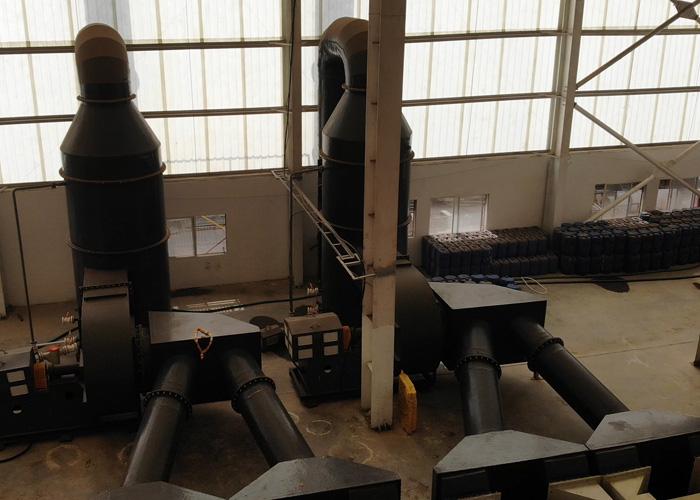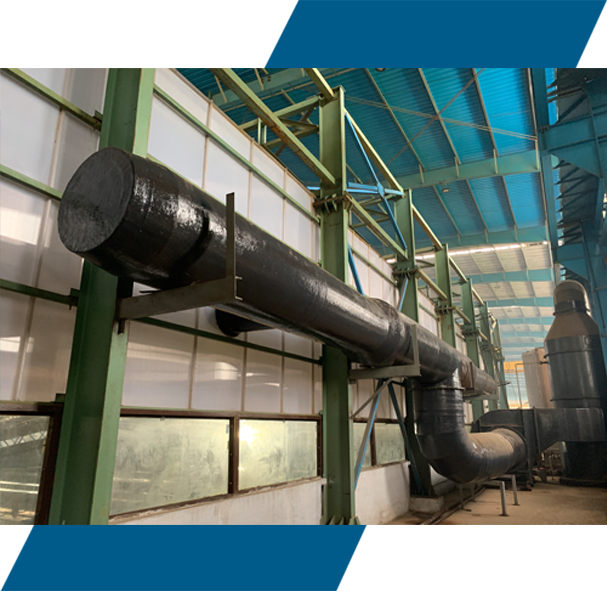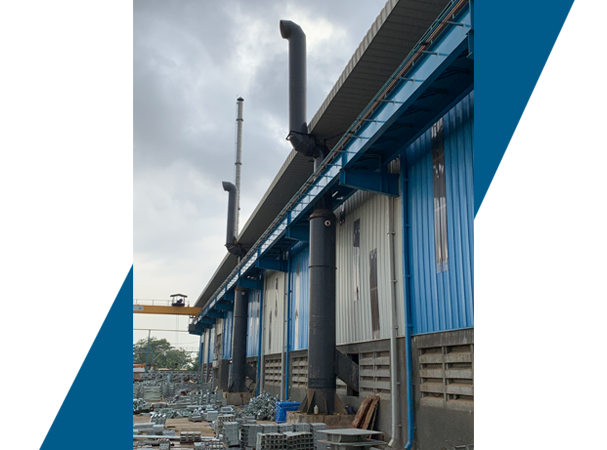Fume Capture at Source: The system is equipped with fume hoods, capture
arms, or ventilation ducts which are particularly placed around production
areas. These components are well-engineered to capture acid fumes right from
their source, whether from chemical baths, metal processing, or other
industrial applications.
Airflow Mechanism: Once the fumes are captured, then they are
drawn through an organized network of ventilation ducts which are connected
to the extraction fan. This fan provides a constant airflow, which results
in fumes being drawn from the workspace to prevent them from accumulating in
the operating area and making a health hazard.
Pre-Filter Stage: Large particles or droplets should be
captured by a pre-filter which minimizes the workload and helps to focus on
more sensitive filters. Pre-filtering large particles in the fumes extends
the operational life of filtration equipment and improves its total
efficiency.
Main Filtration Stage: in this process, fumes precede multiple
high-efficiency filters including HEPA filters and activated carbon filters.
The filtration system utilizes specialized filters that trap fine airborne
matter and eliminate dangerous chemical vapors along with remaining air
acidity.
Chemical Neutralization: Although fume filters eliminate most
acid components from exhaust, but some residual acidic vapours remain in the
system, our system utilizes alkaline scrubbers and alkaline solutions as
chemical neutralizers to complete air treatment by reacting with residual
acids, and such treatment converts toxic acidic materials into non-dangerous
outcomes before release into the air.
Safe Exhaust: The processed air is now released through an
exhaust stack or ventilation outlet after receiving acid fume filtration and
neutralization. Our system regulates that clean air is released into the
atmosphere while meeting all local environmental standards and safeguarding
the surrounding environment.
Monitoring & Control Systems: An automated control system
manages the whole procedure, which tracks air quality while monitoring
airflow rates, filter status, and neutralization levels continuously. An
automated control system enables the system to alter settings which both
optimize performance and enforce safety requirements.


